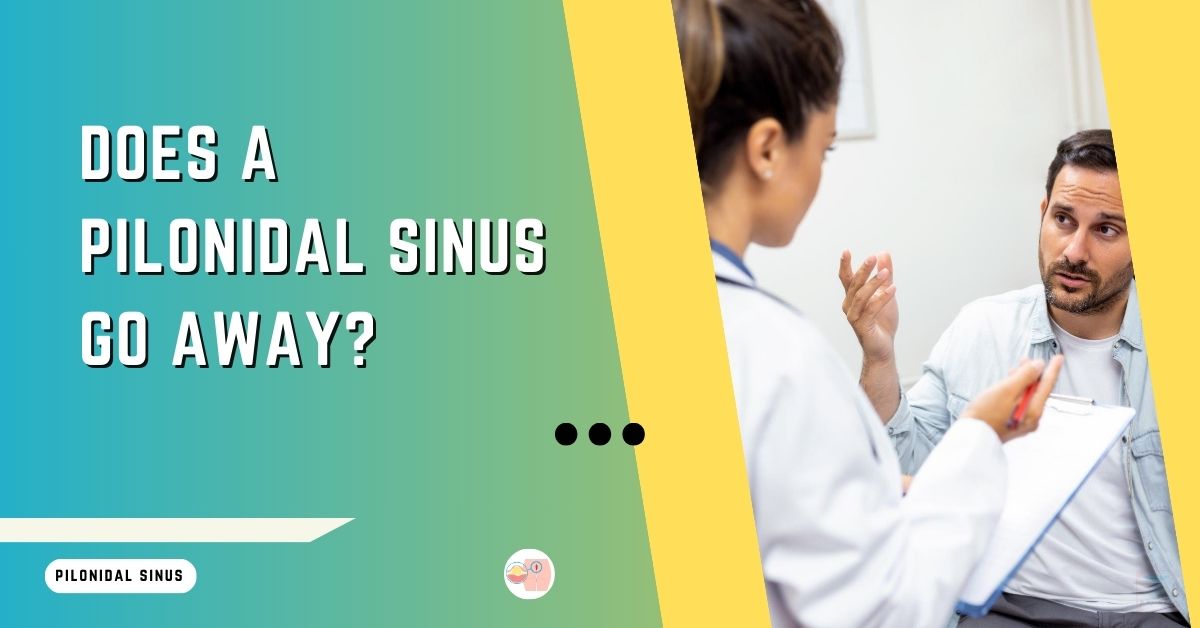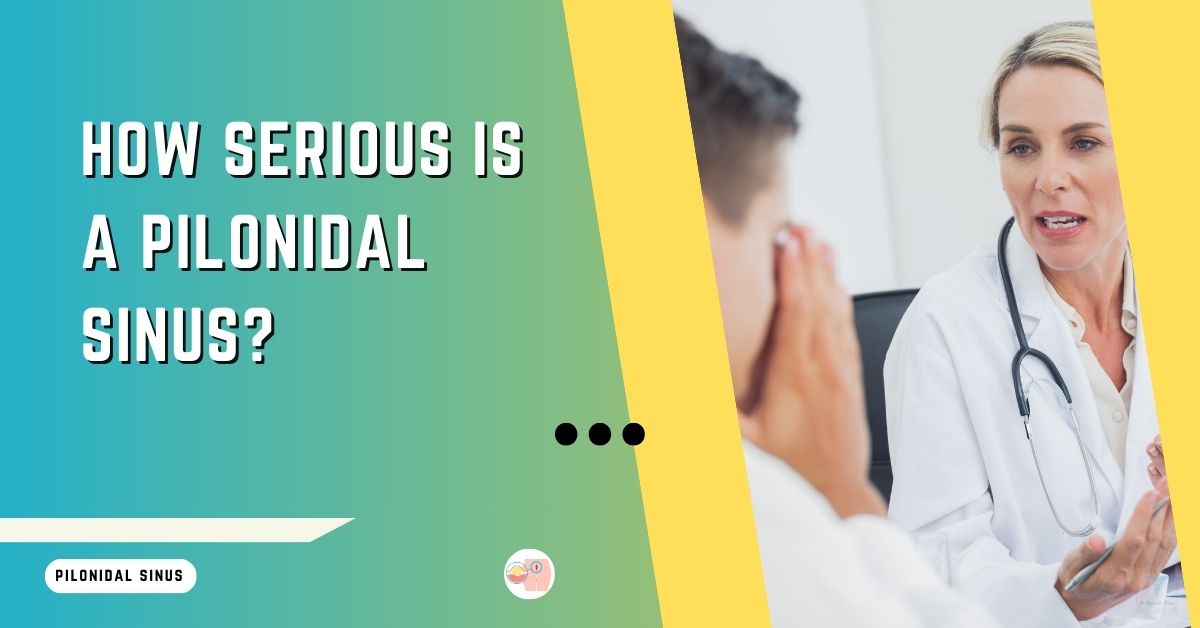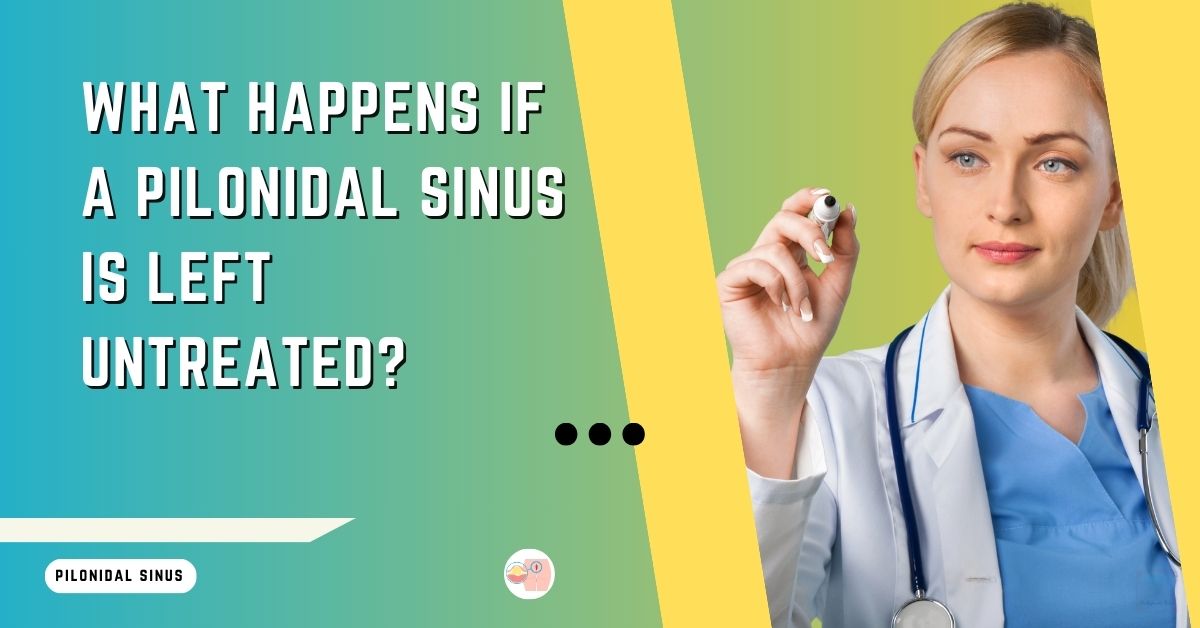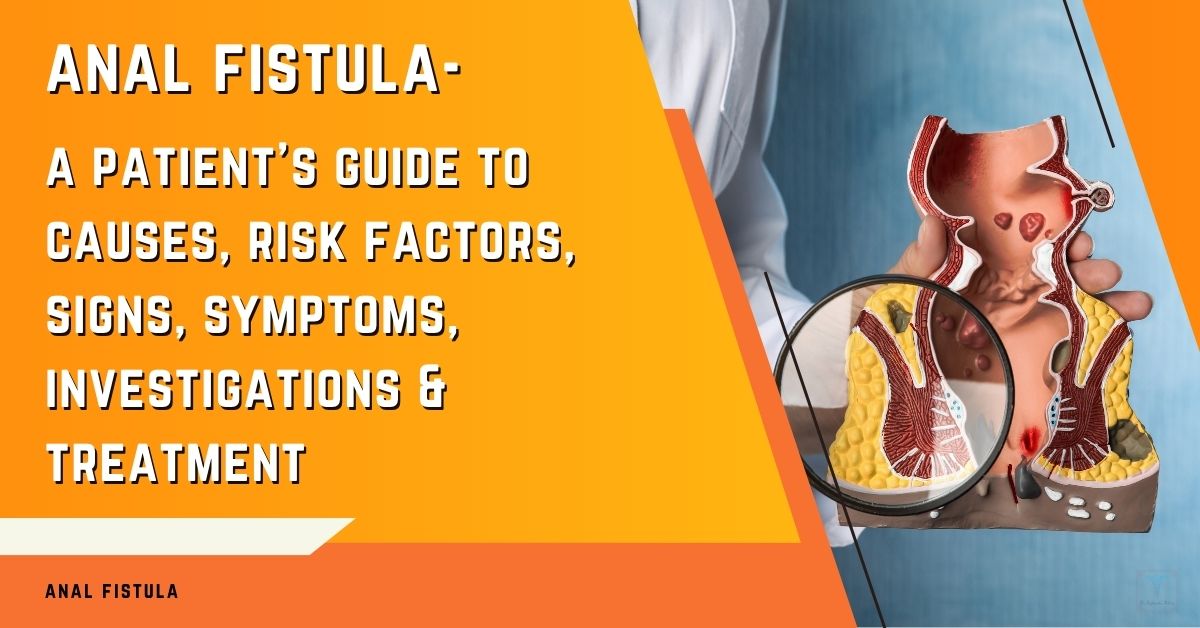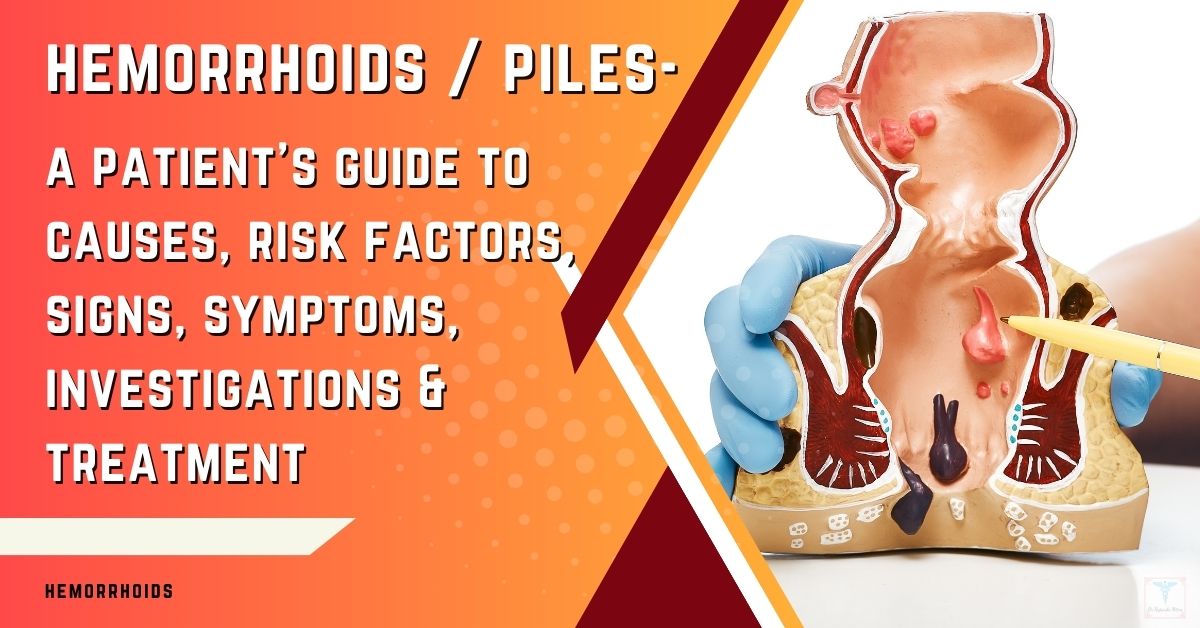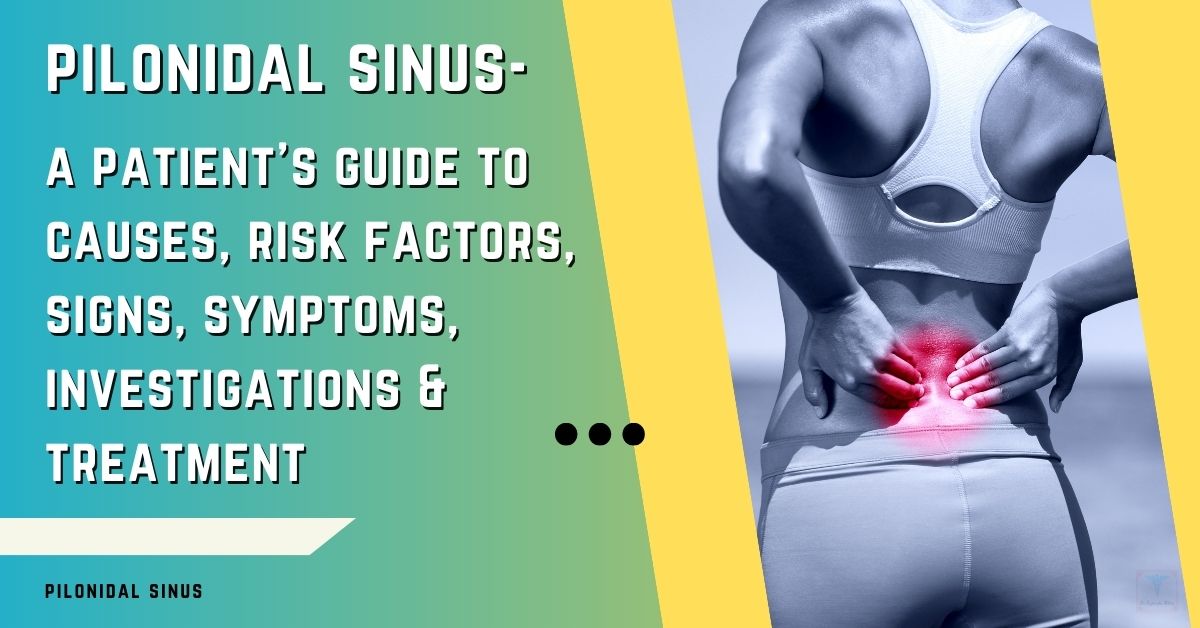A pilonidal sinus is a chronic condition that tends to recur if not treated properly. While small or mild cases may heal with conservative measures, most pilonidal sinuses require definitive treatment to resolve completely and prevent recurrence.
Natural Course of a Pilonidal Sinus:
A pilonidal sinus usually starts as a cyst or abscess. It may drain and temporarily improve on its own. However, the underlying tract and hair debris remain, leading to repeated flare-ups. Over time, bacteria can cause extensive infection and tissue damage. The body is unable to close the sinus tract on its own. Without treatment, the problem persists.
Possibility of a Pilonidal Sinus Healing Naturally:
– Very small or superficial sinuses may heal with meticulous hygiene and hair removal in the area. However, the chances of recurrence are high.
– Larger or complex tracts are unlikely to close up on their own. The irritation from debris and friction makes it difficult for natural healing.
– Neglected sinuses ultimately get worse – they enlarge, create branching tracts, and cause complications like cellulitis or chronic drainage.
– Overall, experts estimate only 5-15% of pilonidal sinuses may disappear without any specific treatment. The majority require intervention to fully resolve.
Definitive Treatment Options:
– Incision, drainage, and proper wound care can help if a recurring abscess is the main issue. But this alone does not treat the underlying sinus tract.
– Definitive excision surgery is often needed to remove all infected tissue and close the wound. This prevents recurrence in 85-90% of cases.
– Advanced flap procedures may be done for extensive or recurrent disease to reconstruct the natal cleft area. This further lowers the risk of it coming back.
Summary of Key Points:
– Pilonidal sinus rarely heals completely on its own, except for very minor cases.
– The tract gets repeatedly infected and inflamed without treatment. This causes worsening symptoms over time.
– Surgery is usually necessary to fully excise the sinus and achieve long-term healing.
– With proper definitive treatment, a pilonidal sinus can be eliminated in the majority of patients.
I hope this helps explain why most pilonidal sinuses require appropriate medical or surgical treatment for a lasting cure. Let me know if you need any clarification or have additional questions!

